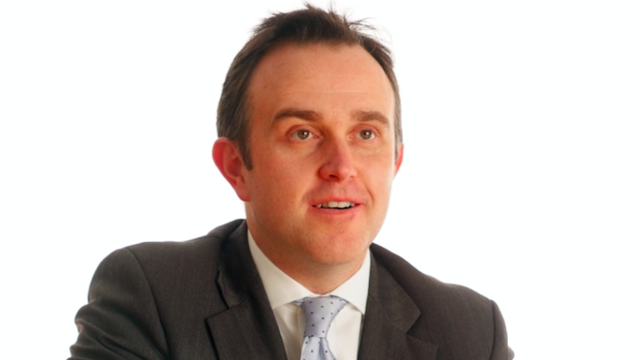For the first time in six years, Europe as a whole looks attractive and the economy is growing, but James has modest expectations.
“There’s not going to be a massive or very strong acceleration in growth,” he told FSA on a recent trip to Hong Kong.
Investors should therefore look for individual companies that can grow earnings despite the health of the wider economy, he said.
One type is the company with a strong business franchise operating in a sector with high barriers to entry. These companies tend to grow earnings throughout economic cycles and are capable of committing to dividend payouts. One example is Partners Group, which makes direct investments in private debt, equity and real estate.
Partners Group benefited from the disintermediation of banks after the financial crisis, he said. Banks curtailed lending to small- and mid-sized companies and the firm was in a position to capture some of that opportunity.
Another possible income stream is by investing in companies that have emerged from restructuring.
Post-financial crisis, corporations have been divesting assets and corporate earnings growth has disappointed, especially in Europe, when economies were hit by the sovereign debt crisis, James said.
“If growth is going to be lower going forward, corporates need to take cost out of the business.”
Companies that were able to successfully restructure have kept cost low and have improved their profit margins, he said. Due to a strengthened cash position, they are in a prime position to commit to dividend payouts.
High dividend caution
James said one obvious mistake is to assume that companies paying the higher dividends in the sector are the better investments.
During periods of low company growth, and therefore share price appreciation, the market usually demands that dividend payouts increase in compensation. Investors are “paid to wait”.
According to James, the problem with the high dividend yield approach is that although investors end up with high income, they tend to get less capital appreciation. High dividend paying companies won’t necessarily give investors an attractive total return, he said.
For example, a company that has a 3% dividend yield and is growing the balance sheet at 10% a year would be an opportunity to consider. However, if a company’s dividend yield is low, then James would expect stronger annual company growth, which would tend to drive the stock price.
In addition, a company may pay a high dividend for other reasons, for example, to prop up the share price.
A high dividend could be unsuistainable and lead to a sell signal, which occurs when the cash generation of a business is threatened or challenged. “The big signal for me is if a dividend is seen to be unsustainable or at risk. We will sell without asking any questions.
“As much as dividends are a key driver of equity total returns, they’re also one of the key detractors from total returns as well.”
When a company unexpectedly cuts its dividend, its share price typically falls aggressively, he explained.
















